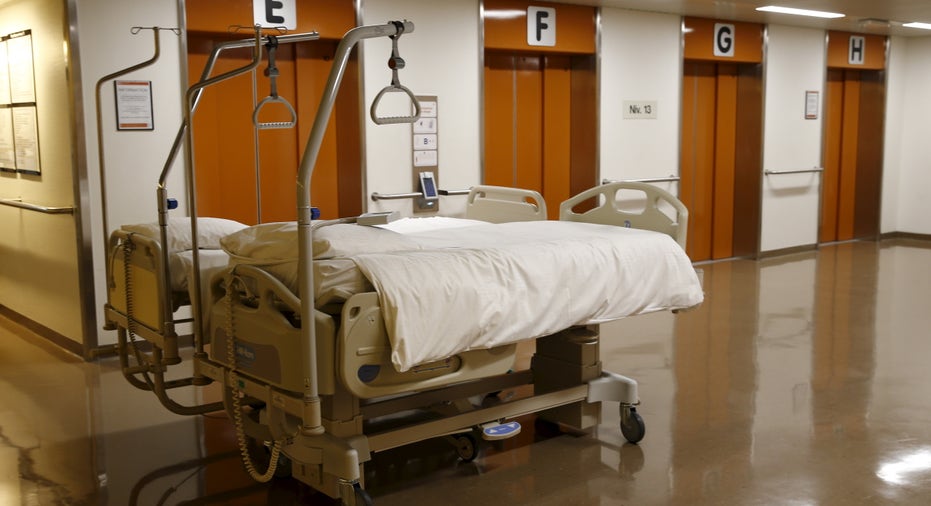Why the U.S. Doctor Shortage is Getting Worse

The U.S. needs more doctors—ASAP.
Physicians are in short supply already and by 2025 the U.S. will need between 61,700 and 94,700 doctors with a significant shortage among specialists. This according to new research from the Association of American Medical Colleges (AAMC).
“These updated projections confirm that the physician shortage is real, it’s significant, and the nation must begin to train more doctors now if patients are going to be able to receive the care they need,” AAMC President and CEO Darrell Kirch said in a statement.
While the doctor shortage has been well documented for years, the report shows that much of the country is in need of primary care physicians partly because of the aging population and because more Americans can now pay for treatment—thanks to the Affordable Care Act, also known as Obamacare.
“The majority of the reason is demographics,” Janis Orlowski, M.D., Chief Health Care Officer at AAMC tells FOXBusiness.com. “The number of people over the age of 65 is expected to go up by 40% to 45% within the next 10 years.”
The Affordable Care Act, which was signed into law in 2010 by President Obama has also caused an increase in demand for more doctors.
Before Obamacare, reports estimated that 44 million Americans were living without health insurance due to the high costs.
“Now more and more Americans are seeking physicians because they have insurance,” adds Orlowski.
The study estimates the shortfalls will run as high as 35,600 primary care physicians and 60,300 physicians among non-primary care specialties.
Since 2001, medical schools across the country have been responding to the need by making their class sizes bigger than ever before.
“Right now, medical schools are on par to increase their enrollment by 26%,” says Orlowski, who warns that more still needs to be done.
“Most residency positions are paid for by the federal government but there’s been a freeze on those slot numbers for 20 years,” she adds.
And to make matters worse, doctors are burning out more than ever before. Earlier this month, the U.S. Surgeon General, Vivek Murthy spoke about his concerns at the Association of Health Care Journalists annual meeting.
"The suicide and burnout rate is very high, and this is concerning to me because we're at a point in our country where we need more physicians, not fewer; we need more people entering our profession, not fewer," he said. "If we have people burning out, it really goes against our needs.”
Each year in the U.S., roughly 300-400 physicians die by suicide. Medical students have rates of depression 15% to 30% higher than the general population, according to the American Foundation for Suicide Prevention.
AAMC says it is vital that Congress steps in and increases their federal support for new doctor training.
“It can take up to 10 years to train a doctor, our nation needs to act now,” says Kirch.



















